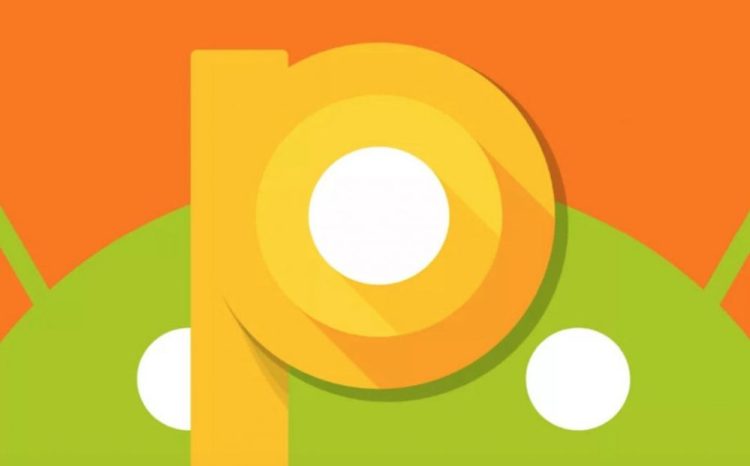Just as we had reported earlier, Google has released the developer’s build of the Android P OS. The new build reportedly comes with many changes, but as of now, these changes are only useful to Android developers.
Indoor Wi-Fi RTT Positioning
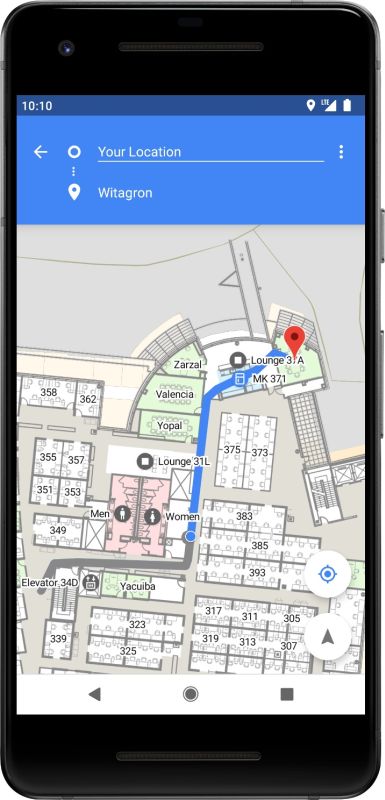
One of the many new features on Android P is indoor positioning with Wi-Fi RTT (Round-Trip-Time). Specifically, this feature adds support for the IEEE 802.11mc Wi-Fi protocol. Bear in mind; your device will need to have its location and Wi-Fi scanning turned on.
Once activated, your device should then be able to use any available Wi-Fi Access Points (APs) to pinpoint your location indoors. According to Google, the function should be accurate within one to two meters.
Display Cutout Support
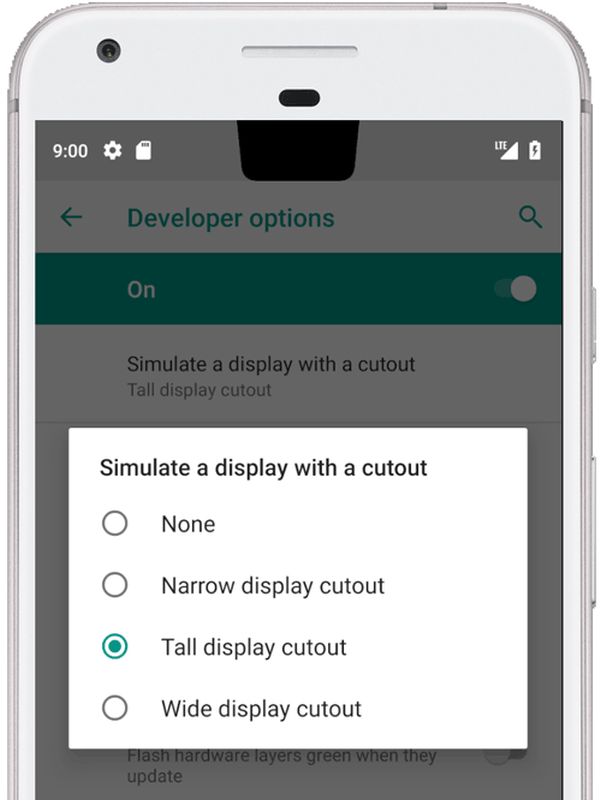
This is probably the feature that is going to garner the most discussion among Android users. Since the iPhone X, Android smartphone makers such as ASUS implemented a ‘cutout’ into top of the display for its Zenfone 5 and 5Z. Even Huawei is reportedly getting in on the action with its upcoming P20 and P20 Pro.
Cutout support essentially lets developers determine the location, shape, and size of the non-functional cutout at the top of the display. Upon implementation, developers can also choose the layout of icons (i.e. the clock and mobile connectivity strength to the left of the cutout, battery level and notifications on the right, etc.).
New Notifications Layout, Better Messaging
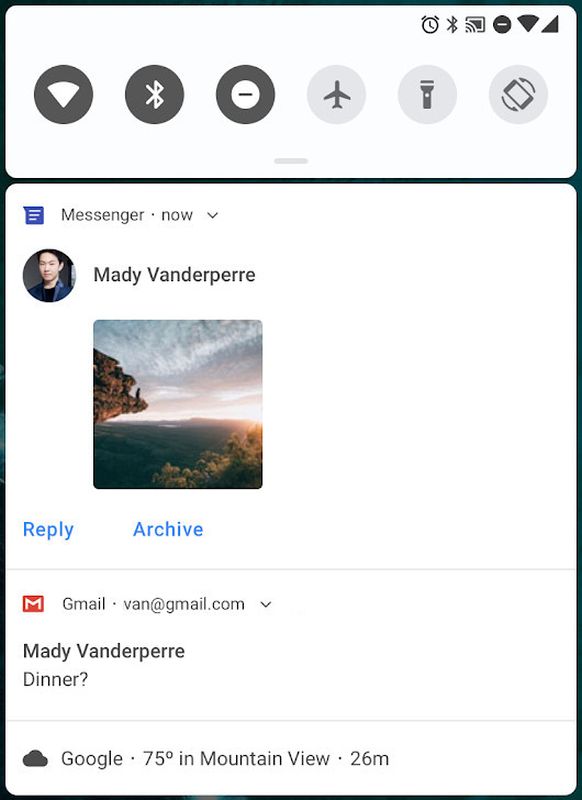
While not entirely a major update, the new messaging layout with Android P now supports image thumbnails appearing in the notifications window; a feature that still isn’t available on Android 7.0 Nougat or Android 8.0 Oreo.
Additionally, messaging has also been given a bit of a tweak; replying messages in the notifications bar will now have the option of being saving an unfinished message as a draft. This will allow users to pick up where they left off when they open up their messaging app.
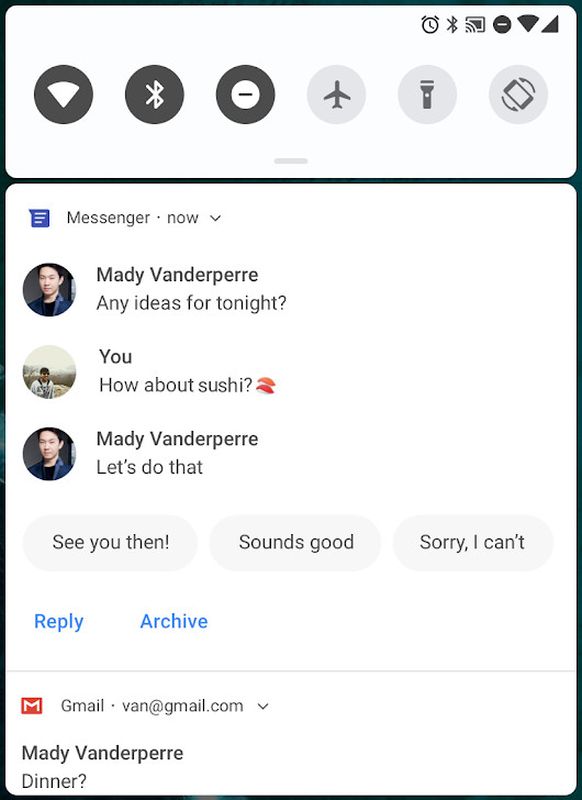
Lastly, Android P’s Do Not Disturb function will prioritise alarms and media, system, and game sounds.
Multi-Camera API
This new API basically allows Android phones with more than one camera sensor (back or front) to provide users with more control over their functions (e.g. seamless zooming, bokeh, etc.)
More exciting, however, is that Android P and this API will also enable support for external USB and UVC cameras (for supported devices only).
Support For HDR VP9 Video Recording
Android P will also provide built-in support for High Dynamic Range (HDR) VP9 Profile 2. This means that users will be able to record and deliver HDR-enabled videos to a Google platforms, such as YouTube and Play Movies. Naturally, it goes without saying that you’ll need to have a HDR-capable device if you’re going want to view those HDR videos.
The list goes on, but so far, these are some of the major changes that will be coming with Android P. If you want more in-depth information about Android P, you can visit the Android Developers page, where you’ll find all the changes that will be coming.

(Source: Android Developers Blog via The Verge)

